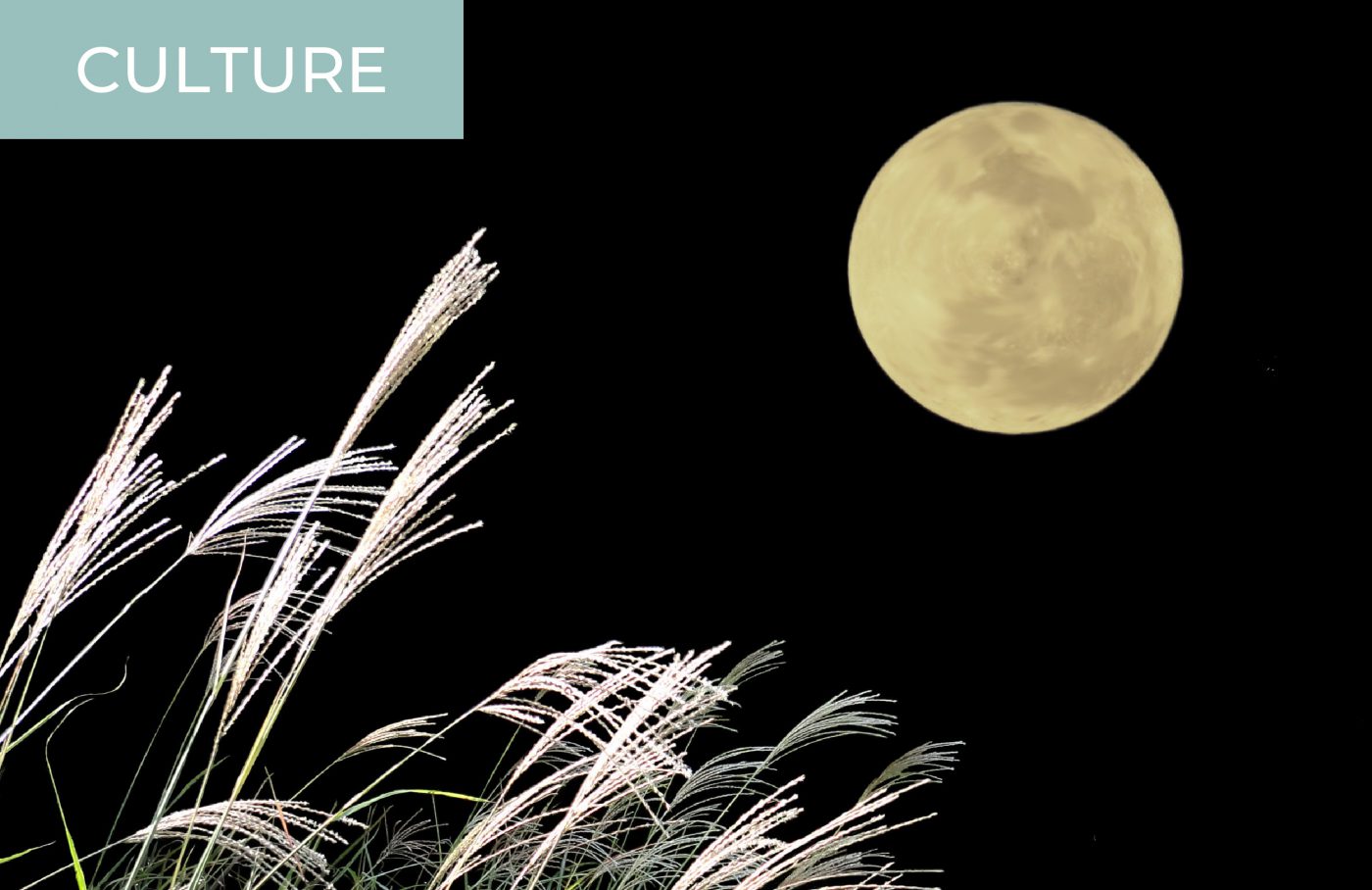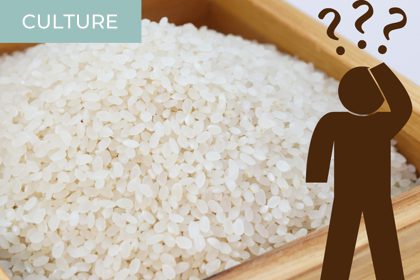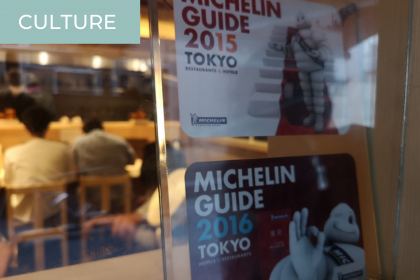Praying to the Harvest Moon
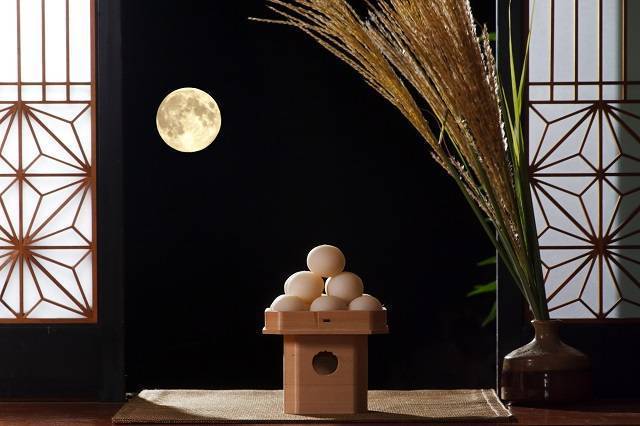
As it is often depicted in Japanese pop culture, manga, anime, or video games, you may have already heard about ”tsukimi,” or more formally “otsukimi,” literally “moon viewing.”
It is the most emblematic celebration in autumn, and shops often have decorations or sell items bearing the moon, rice cakes, or rabbits (more about this later in this article).
But why do Japanese people have a tradition of looking at the moon in autumn?
The tradition dates back to the Heian period (794–1185). Influenced by some Chinese traditions, the Heian period aristocrats would ride boats to look at the reflection of the moon on the water and write poems.
Like most festivals taking place in Japan around the same period, tsukimi is not only about admiring the moon, but originally a way to pray for good harvest as the moon’s round shape symbolizes fertility. The full moon is auspicious for a large and successful harvest.

It is celebrated on two dates. The first one is called jugoya and is the 15th day of the 8th month in the lunar calendar. The second one is called jusanya and is the 13th day of the 9th month in the lunar calendar.
In a way, this tradition is similar to the “Mid-Autumn Festival” (or “Harvest Moon Festival”) celebrated in many Asian countries such as China, Vietnam, Malaysia, Indonesia, etc.
The main difference is that other Asian countries celebrate it only during the 15th day of the 8th month in the lunar calendar, while Japanese people used to believe that praying on only one night was not enough to make the harvest successful. Nowadays though, very few people respect the tradition on both days.
Traditional Offerings to the Moon
For tsukimi, Japanese people display Japanese pampas grass (called susuki in Japanese) as good luck charms because they look like rice plants. Seasonal products are offered to the moon. For jugoya, Japanese people offer sweet potatoes or taros. For jusanya, they offer chestnuts and green soybeans.
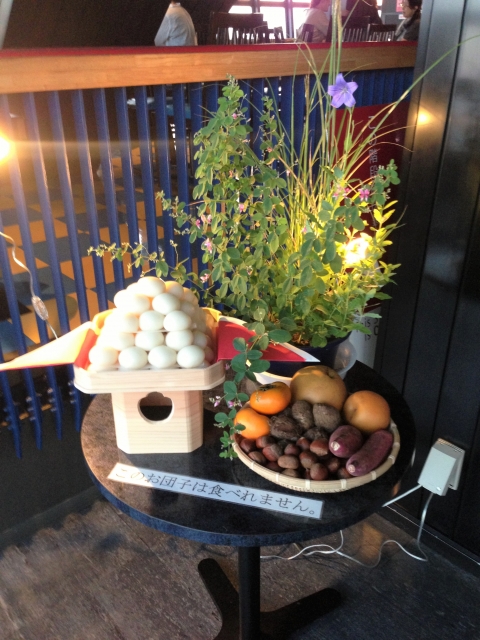
However, the most popular offering on both days is the tsukimi dango, or rice flour dumplings, because it looks similar to a full moon. After offering them to the moon, Japanese people eat the tsukimi dango in order to obtain good health and happiness.
The Rabbit on the Moon
Japanese traditional cakes for tsukimi
Why do most moon-related items often bear rabbit drawings? Why are there so many tsukimi dango in the shape of these cute animals?

Westerners often see the face of ‘the man in the moon’ when they look at it, but Japanese people see a rabbit making mochi (rice cakes). Can you see it now?
A Recipe to Make Your Own Tsukimi Dango!
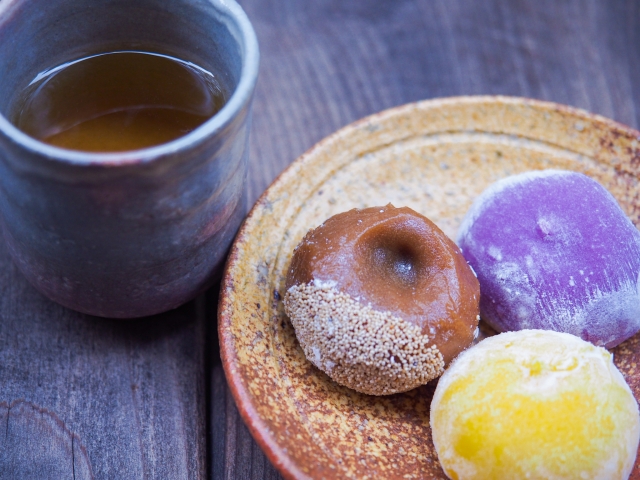
You can buy tsukimi dango in Japanese sweets shops, but what about making some yourself? Traditional recipes involve the mixing of different rice flours and using a bamboo steamer, but here is a recommended recipe that is very easy!
Ingredients for about 10 pieces of dango:
- 80g of dango flour (dango kona [団子粉])
- 70ml of warm water
- You can also add a tablespoon of sugar to the flour if you wish
Here is the kind of flour you will need for the recipe: dango kona. Packages often look similar to this one.
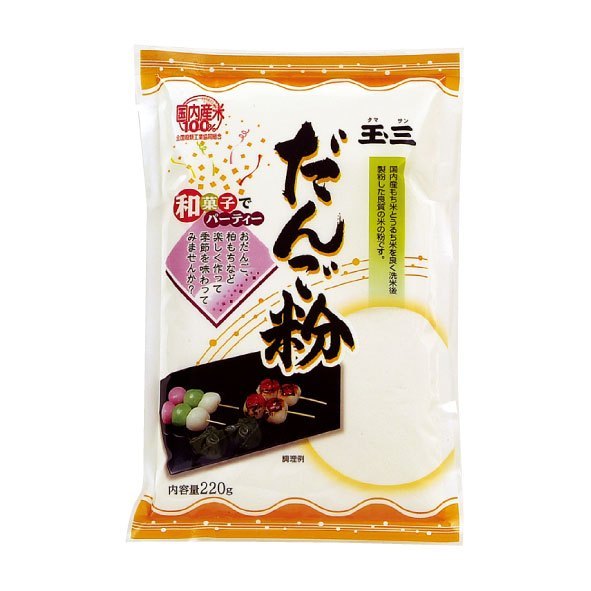
How to prepare your dango:
- In a large mixing bowl, slowly add the warm water to the flour and knead by hand. The dough should not be too soft. The more you knead it, the chewier it will be.
- Make 10 round small dumplings (about 3cm in diameter).
- Boil some water and gently put your dango inside.
- After some time, your dango should float on the surface of the water like gnocchis. Wait for one more minute before removing them.
- Add cold water, remove the dango, and wait for them to cool down.
- Arrange them nicely to form a little pyramid.
- Offer them to the moon.
- Eat!
You can enjoy your freshly made tsukimi dango with a variety of toppings. Popular Japanese toppings are: anko (sweet red bean paste), sesame paste, green tea paste, kinako (roasted soybean flour), walnut or chestnut powder. If you prefer salty toppings, you may enjoy pouring mitarashi sauce (made from soy sauce), or wrapping your dumplings in nori seaweed.

